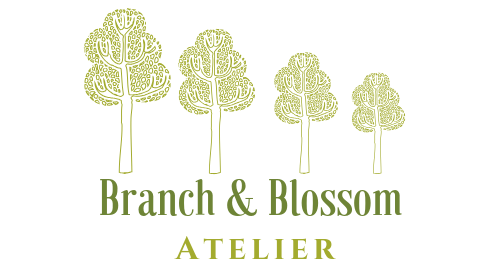If you are looking for ways to increase your child's communication skills, milieu teaching is a strategy that will give your child a reason to communicate. The idea is to create an opportunity for your child to initiate, request, or protest. Children who are working on using signs/gestures, picture card exchange, or verbal communication should use this strategy.
Please feel free to save the infographic above to help you remember the 6 options to this strategy.
Preferred toys and items
Before starting this strategy, you will need to identify your child's preferred toys, items, and activities. Use these to your advantage in the options below.
1. Within view, but out of reach
Place the child's preferred toy somewhere that they can see, but cannot reach. Please use caution with this option, especially if you have a climber! Supervise the child as long while the toy is in the tall place.
The goal is for the child to ask you (either through sign, gesture, picture card, or verbal expression) to get the toy down.
2. Limited access
During this option, you want the child to ask you for the item because they are unable to access it independently. Place the item in a tight closing plastic jar. Wait for the child to request the item.
3. Inadequate amounts
Give your child just a small amount of something, so that she asks for more. This can be done with food, drink, or toys. In the example above, I gave my daughter just one whale cracker. I have done this with just one sip's-worth of water in a cup and a pinch of play dough. This option is highly motivating because the child is immediately rewarded with the item they want.
4. Sabotage
Give your child only part of the needed materials for an activity. Give your child the board to a puzzle without the puzzle pieces, the Mr. Potato Head without any pieces, a bowl of cereal without a spoon, or a paintbrush without any paint. Wait for the child to call attention to the problem. Then prompt the child to ask for the needed items.
5. Wacky situations
Do something unexpected. This will cause your child to protest and ask for the correct item or activity. For example, when you are leaving for school put your child's shoe on her hand. Or put her coat on backwards. Wait for your child to say no and then praise them for catching your "wacky mistake."
6. Use wait time
All of these options incorporate the use of wait time. After your child is presented with one of the options above, wait. Wait for her to notice. Wait for her to gesture. Wait for her to speak. Then build off of this interaction. A good rule of thumb is to slowly count in your head, "1-one thousand, 2-one thousand, 3-one thousand, 4-one thousand" before giving another prompt.
Would you like to hear me explain this strategy? You can go to the link below to watch the video:



















